Acrylic painting is a vibrant and versatile medium that allows artists to create stunning artworks with its rich pigmentation and quick-drying properties.
Whether you’re a beginner or an experienced artist, there’s always room for growth and improvement in your acrylic painting skills.
In this blog post, we’ll delve into 12 practical tips to improve your acrylic painting skills that can help you take your paintings to the next level.
From understanding the properties of acrylics to mastering color mixing, brush techniques, layering, and composition, we’ll explore various aspects that contribute to your growth as an acrylic painter.
1. Understanding Acrylic Paints
To improve your acrylic painting skills, it’s essential to have a solid understanding of the medium itself.
Explore the unique properties of acrylic paints, such as their fast-drying nature and flexibility. Learn how to control their consistency, working time, and blending capabilities.
Understanding the behavior of acrylics will empower you to make informed decisions during your painting process.

2. Mastering Color Mixing
Color mixing is a fundamental skill that can greatly enhance your acrylic paintings.
Delve into the world of color theory and practice blending different hues to create a vast range of colors and tones. Experiment with primary, secondary, and tertiary colors to develop a keen eye for color relationships and harmonies.
Mastery of color mixing will allow you to achieve more vibrant and nuanced paintings.
This Color Theory Masterclass will help you learn and implement these concepts better in your art practice!
3. Exploring Brush Techniques
Brushwork is a powerful tool in acrylic painting. Experiment with different brush techniques, such as stippling, dry brushing, glazing, and impasto.
Each technique offers a unique texture and visual effect, enabling you to add depth, dimension, and expressive qualities to your artwork.
Practice controlling brushstrokes and explore the versatility of different brush shapes and sizes.
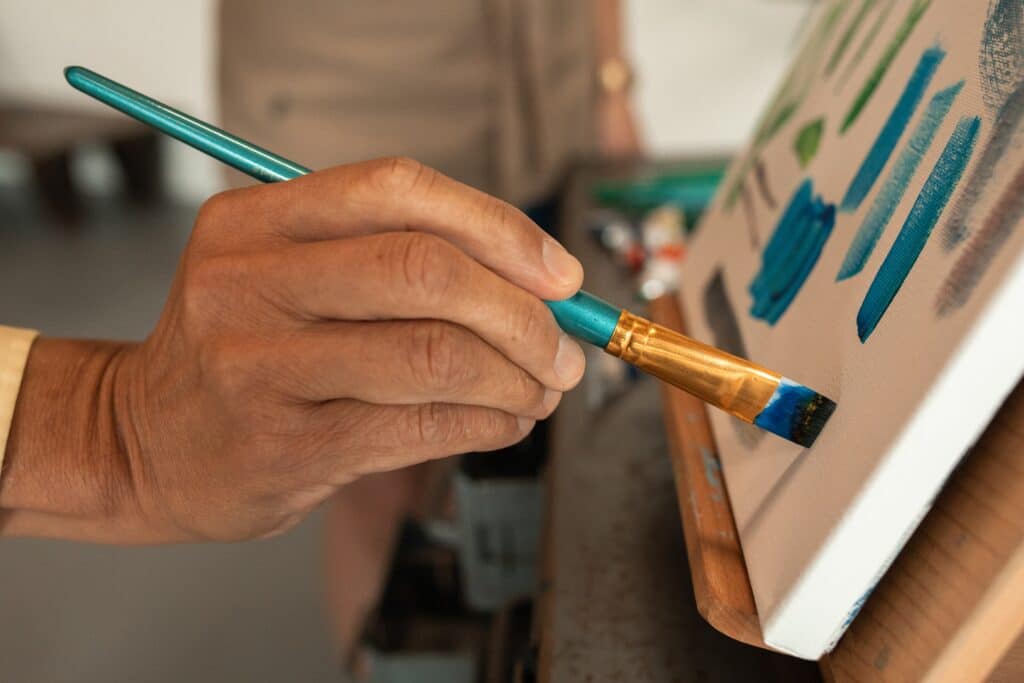
4. Embracing Layering and Transparency
Acrylics offer the advantage of layering, allowing you to build up depth and complexity in your paintings.
Explore transparent layering techniques by applying thin glazes to create luminosity and subtle shifts in color.
Experiment with opaque layers to add boldness and texture.
Understanding how to control transparency and opacity will give your paintings visual interest and depth.
5. Exploring Textures
Acrylics offer various possibilities for creating interesting textures in your paintings.
Experiment with different techniques like sgraffito (scratching into the paint), palette knife application, or using unconventional tools like sponges or credit cards to add texture and depth to your artwork.
6. Observing Light and Shadow
Mastering light and shadow is essential for creating realistic and captivating acrylic paintings.
Study how light interacts with different objects, creating highlights, shadows, and reflections.
Learn to observe and capture the interplay of light and shadow to create depth, volume, and realism in your compositions.
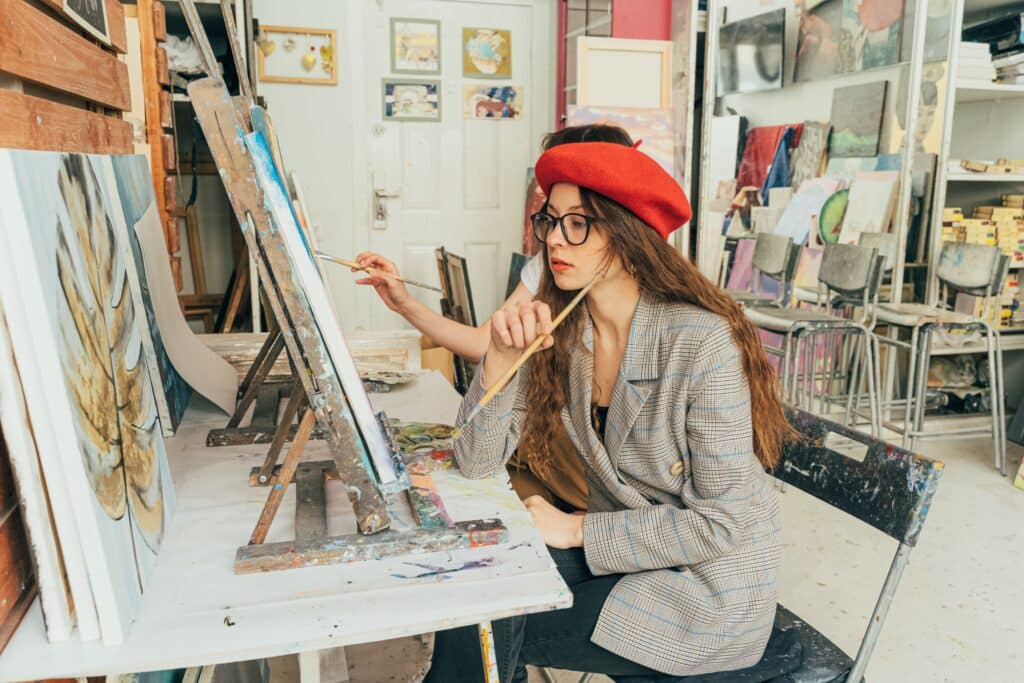
7. Exploring Composition and Design
A well-designed composition can elevate your acrylic paintings.
Study the principles of composition, such as the rule of thirds, balance, focal points, and leading lines.
Learn how to arrange elements within your painting to create visually pleasing and harmonious compositions that engage the viewer.
Composition is a powerful tool to convey your artistic intentions and evoke emotional responses.
8. Understanding Value and Contrast
:Value refers to the lightness or darkness of a color.
Learning to manipulate value and create contrast in your paintings is crucial for creating depth and visual impact.
Experiment with creating strong contrasts between light and dark areas to add drama and dimension to your artwork.
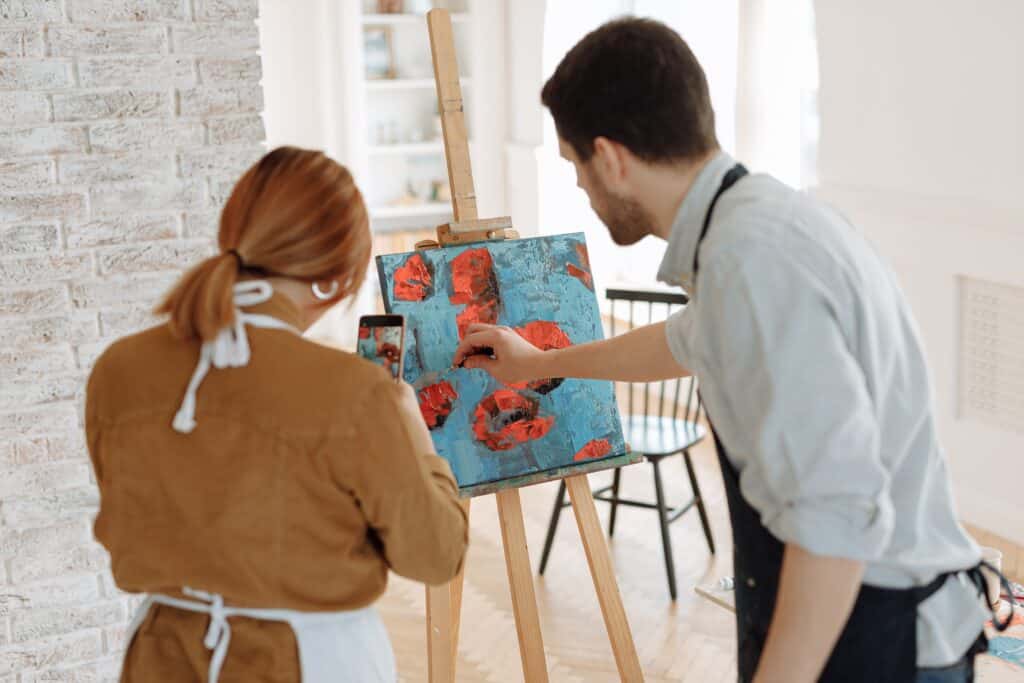
9. Experiment with Unconventional Techniques
Acrylics are a versatile medium that allows for experimentation.
Try incorporating unconventional techniques like pouring, splattering, or using unconventional materials like tissue paper, sand, or fabric to create unique effects and textures in your paintings.
10. Attend Workshops and Art Events
Participate in workshops, art retreats, or art events to learn from experienced artists and immerse yourself in a creative atmosphere.
These opportunities allow you to gain new techniques, exchange ideas, and network with like-minded individuals.
11. Regularly Sketch and Study
Sketching is a powerful practice for honing your observational skills and understanding form, composition, and proportions.
Dedicate time to sketching from life or reference photos to improve your drawing abilities, which will ultimately benefit your acrylic paintings.
12. Practicing Consistently
Improvement in any skill requires consistent practice.
Set aside dedicated time for regular painting sessions. Experiment, take risks, and allow yourself to make mistakes.
Each painting is an opportunity for growth and learning. Embrace the process and enjoy the journey of continuous improvement.
Pin the below image in your Pinterest board for future reference.

Improving your acrylic painting skills is an enriching and fulfilling endeavor.
By understanding the properties of acrylics, mastering color mixing, brush techniques, layering, and composition, you’ll embark on a transformative journey as an artist.
Embrace the power of experimentation, learn from the masters, and stay committed to consistent practice.
Your dedication and passion will shine through in your acrylic paintings, unlocking new levels of creativity and artistic expression.
We hope you found this guide helpful.
- Have you tried any of these techniques?
- What aspect of your acrylic painting skills would you like to focus on improving the most?
We’d love to hear your thoughts and experiences. Please share your comments below!

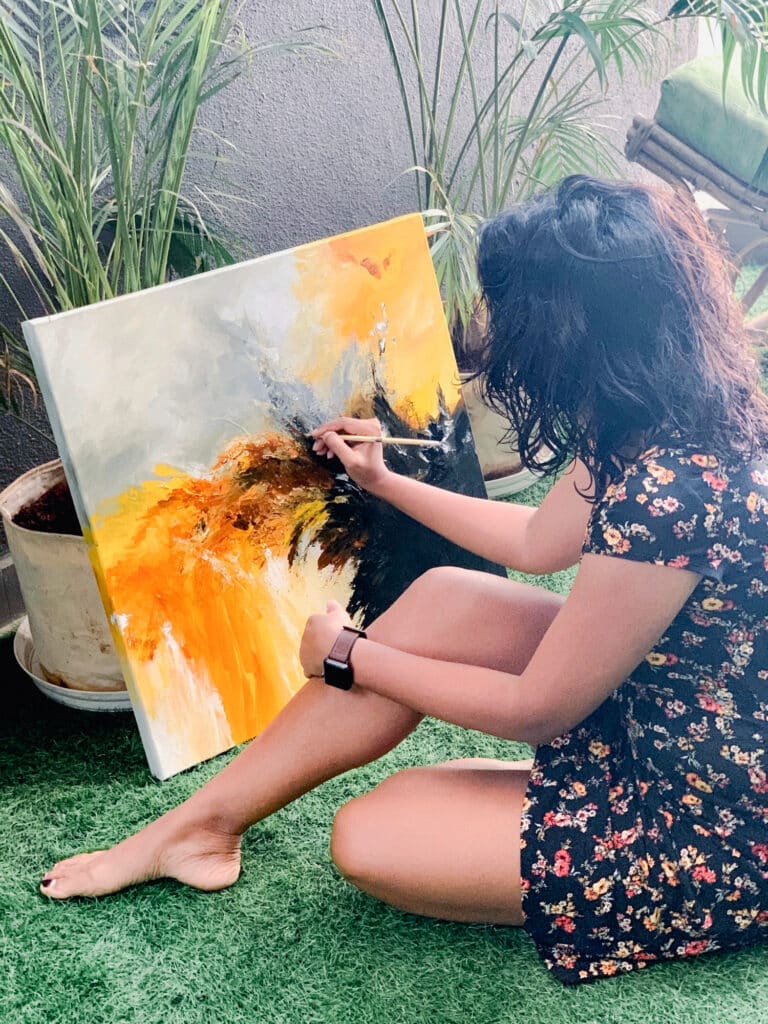




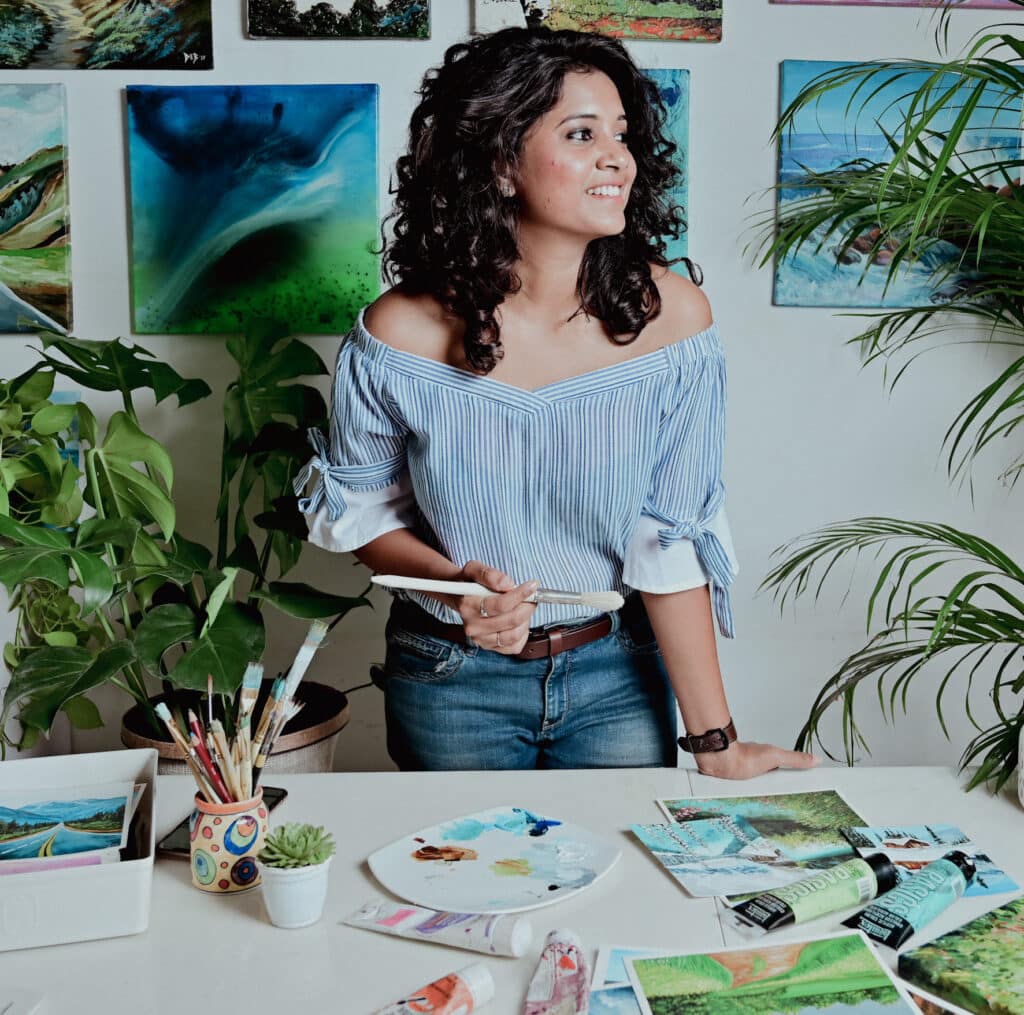
Wonderfully explained tips. If anyone wants to apply these tips and make your own acrylic painting then I want to recommend a workshop: